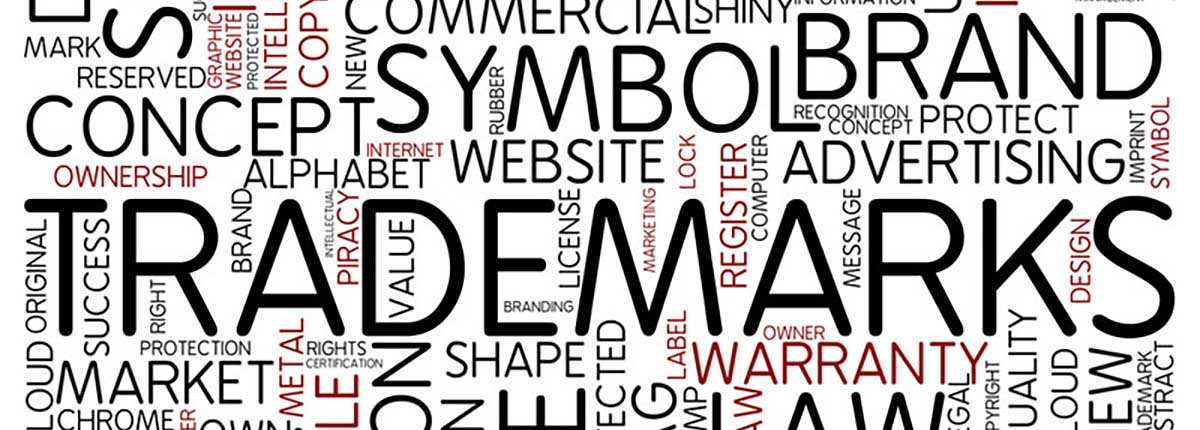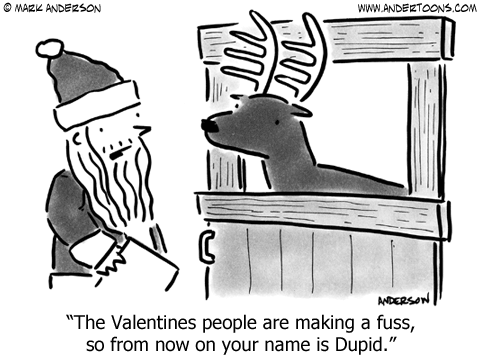What’s in a great name? For one, it’s protected. In 2015, there were over 288,000 U.S. trademark applications filed alone. As founder of a naming agency, I’m aware of how hard it is to generate names that are not only unique and relevant but ownable.
Large brands like Under Armour have spent millions of dollars going after even the smallest companies to protect their name. Recently, they pursued a small family business named Armor & Glory, requiring they “destroy all products, hand over its domain name and any profits, and pay Under Armour’s attorney’s fees and damages of $100,000 or more.”

Renaming your company down the road can cost brands hundreds of thousands of dollars, so it’s important to get it right the first time. I interviewed trademark professional Ross Brandborg, an attorney at Brudvik Law Office, for insight on how to trademark a name and protect in the future.
What are the most common problems you see with trademarking names?
RB: The first is being too descriptive. If you are selling widgets, you can’t name your startup ‘widget company’. Descriptiveness is a big problem because it’s the first instinct people have in creating a name for their brand, but it’s a dangerous one, as descriptive names are harder to trademark. The government doesn’t let you corner the market on a generic name. My favorite example is Kleenex. It’s a made up word that has nothing to do with paper tissue, and it became so successful that now it’s synonymous with tissues.
The second is failure to do a proper search. To do a proper search, you first need to head to www.uspto.gov to confirm your name is not registered in the category you are selling goods/services. You can still use the same name if it is trademarked in a non-competing industry. For example, you could trademark Easy Go Car Wash even if Easy Go Dry Cleaning is trademarked. Then you need to search online to see if and how the name is currently being used.
What happens if you are refused a trademark?
RB: If you are refused a trademark, it’s usually based on similarities. Is there a possibility of consumer confusion, mistake or deception? The trademark will be refused if there’s a chance for consumer confusion. What you’re really looking for is how it sounds. If your name sounds similar to a trademarked name, it poses a bigger red flag than how it reads. You can still use the name if it’s rejected based on descriptiveness. If you are rejected because it’s similar you likely are infringing.

Any tips on choosing a strong name to trademark?
RB: Aim for uniqueness. I don’t just mean different. Try to select a really unique name, like Google. It’s a weird word, but it works. I think that is the most important. As much as you want to describe your product with your name, avoid being too descriptive. Curiosity is a big part of branding – are you making customers wonder?
After you trademark a name, how can you protect it?
RB: If you are granted a trademark, you are expected to police the name from infringers. Once you notice someone is infringing you need to take legal action. In addition, you need to keep track of your five-year maintenance fee. This includes affirming that you are still using the name and selling the service/product – if you’re no longer using it, then you cannot trademark the name. To protect it further, after five years you can file for incontestability further strengthening your mark.
How much does it cost to hire a trademark lawyer for a name? How long does the process take?
RB: Fees vary from $500 to $5000, depending on how much time it takes. It can take longer if the name is rejected and we appeal the rejection. Our fee for trademarking a basic wordmark (a word or name) is $1,110.00. This includes the $225 filing fee for one category. It can take 3-5 months to receive an answer from the trademark office.
Any parting advice?
RB: There are non-trademark ways to protect a name. For example, my website is trademarkinstantly.com. I have not filed for a trademark, nor will I. It is likely too descriptive, and even if we were able to push it through, I still own the domain name. It is not a name that is useful without the domain.
One last point I would make is: When starting out, don’t get married to a name. You may be told you cannot use the name. Be creative and change the name and bend the story you are telling.
Special thanks to Ross Brandborg for this interview. To trademark your brand today, visit him at www.TrademarkInstantly.com.

